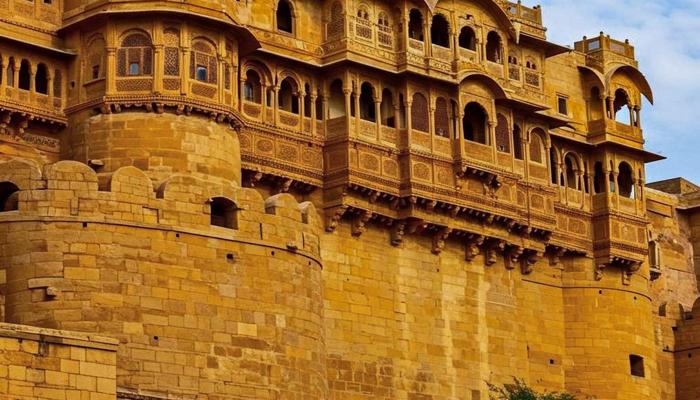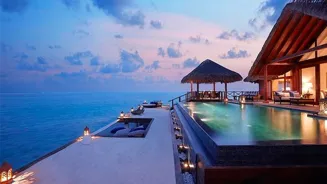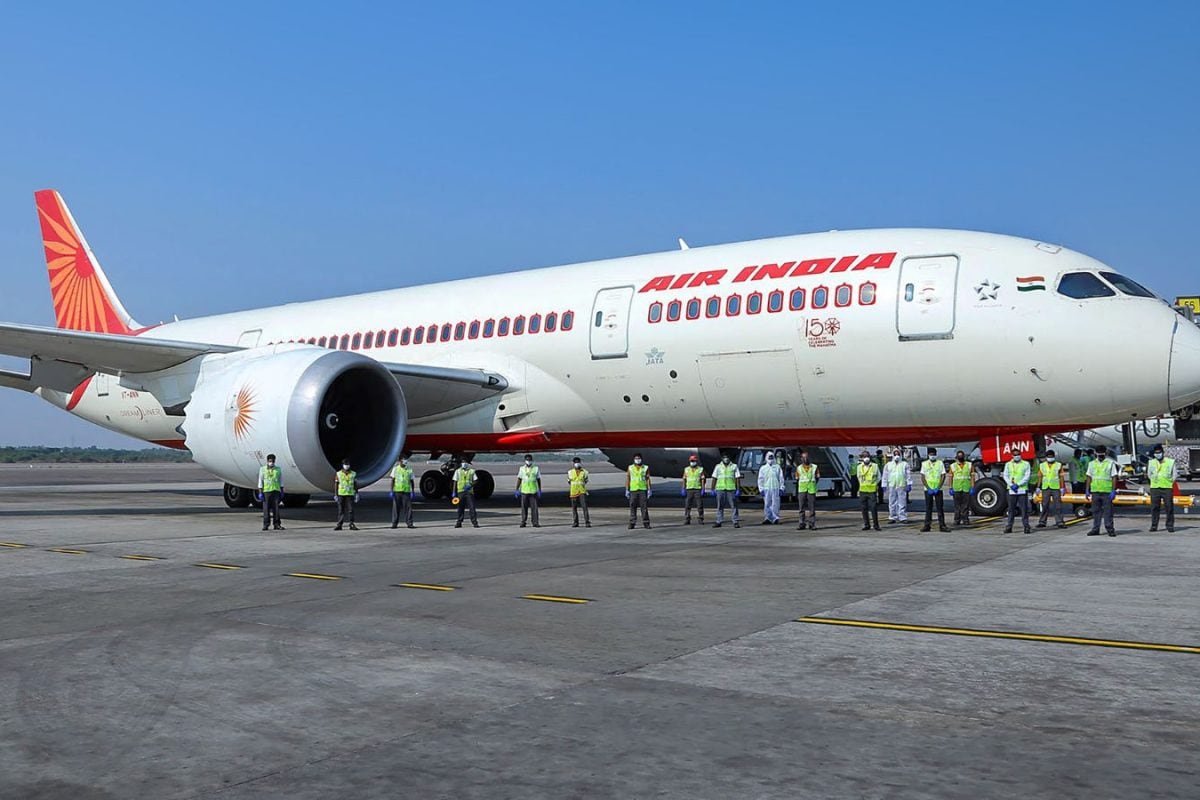Albert used to cover one of the longest bus routes in the world.
The Indian automobile industry is as fascinating as the nation’s presence in several other
fields. Unfortunately, automobiles are often perceived as a mode of transportation, and therefore, stories related to them are frequently overlooked. Fortunately, a few years ago, a black and white picture of a bus named ‘Albert’ went viral on social media. On the body of the bus, the route read ‘London-Calcutta-London.
The story of this bus went viral in 2020, but five years later, many may not remember this fascinating tale from Indian automobile history—the tale of a bus that covered a route of 32,700 kilometres from India.
Journey of a lifetime
Organised by Albert Tours, the bus service operated between the 1960s and 1970s from Kolkata (then Calcutta) to London, England, and back. According to Curly Tales, the bus was initially purchased by Martin Place, who wanted to travel from Sydney to London. Multiple reports suggest that the bus made its first journey on April 15, 1957.

(Credit- Curly Tales)
Later, the bus started making journeys between Calcutta and London via Belgium, West Germany, Austria, Yugoslavia, Bulgaria, Turkey, Iran, Afghanistan, West PAK, and India. Curly Tales’ report says that the bus made 15 journeys between India and England. The bus went through 150 borders without getting scrutinised and was hailed as the ‘friendly ambassador.’
Luxury on wheels
The bus was a double-decker model that had several luxurious amenities on board. It included reading, individual sleeping bunks, a radio/taped music, a dining lounge, and a forward observation lounge. The overall travel cost was £145, which is approximately INR 17,000 today. Given the bus offered such amenities, its brochure read, "Your complete home while you travel."

(Credit - Zee News)
Sightseeing on offer
The tour also offered sightseeing, which included top spots like the Golden Horn of Istanbul, the Peacock Throne of Delhi, the Taj Mahal of Agra, Banaras on the Ganges, the Caspian Sea coast, the Blue Danube, the Draughtsman's Pass, the Rhine Valley, the Khyber Pass, and Kabul Gorge. Not to be forgotten, free shopping days were also permitted in certain locations.

(Credit- Times Now)
Good things come to an end
As we are aware, all good things eventually come to an end, and Albert was no exception. As a Central Western Daily report stated, “With damage to the rear end, the bus was removed from service and bought in May 1968 by British traveller Andy Stewart, who wanted to find his way back home to London,” quoted the Times of India.

(Credit- youtube@abhijayhere)
Although not organised or controlled by any Indian organisation, Albert’s presence in India demonstrates the enthusiasm of Indians for travelling long distances in unique vehicles. Today, double-decker buses are rarely seen on the Indian streets. However, similar to trains and flights, long-distance buses, usually luxurious sleeper coaches, still play an important role in India, as they are used to reach remote places, such as hill stations.

















